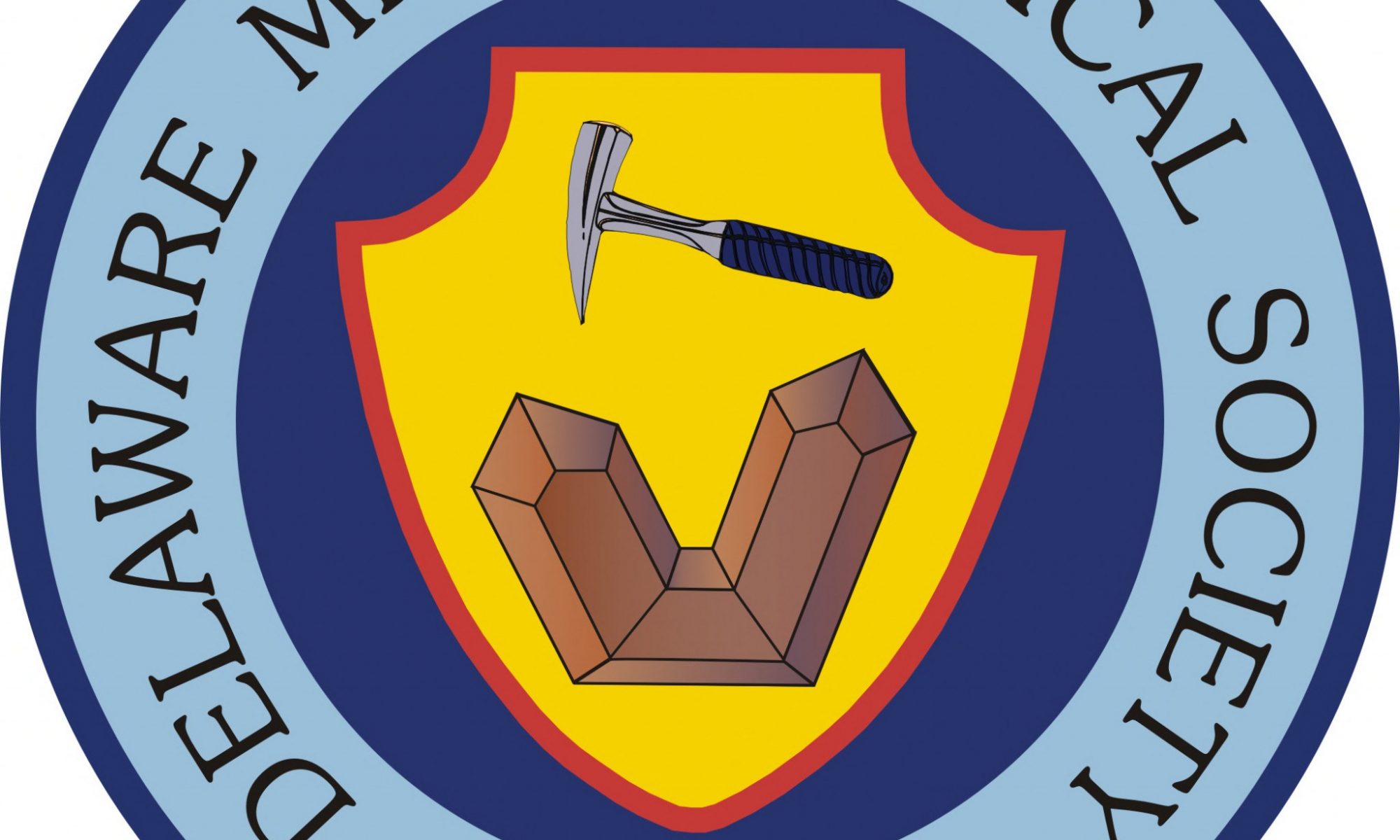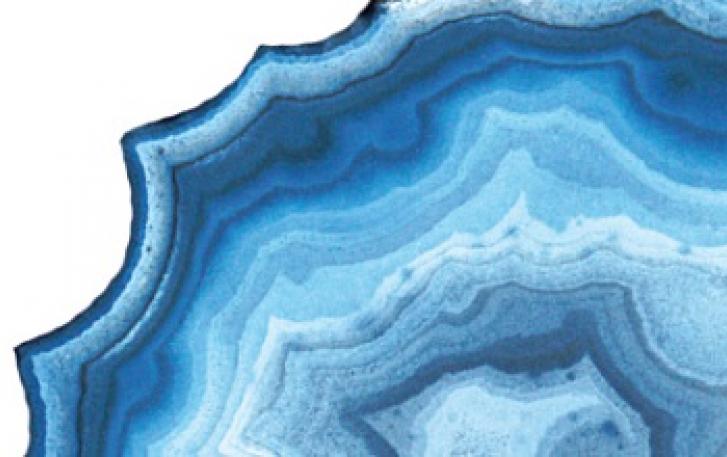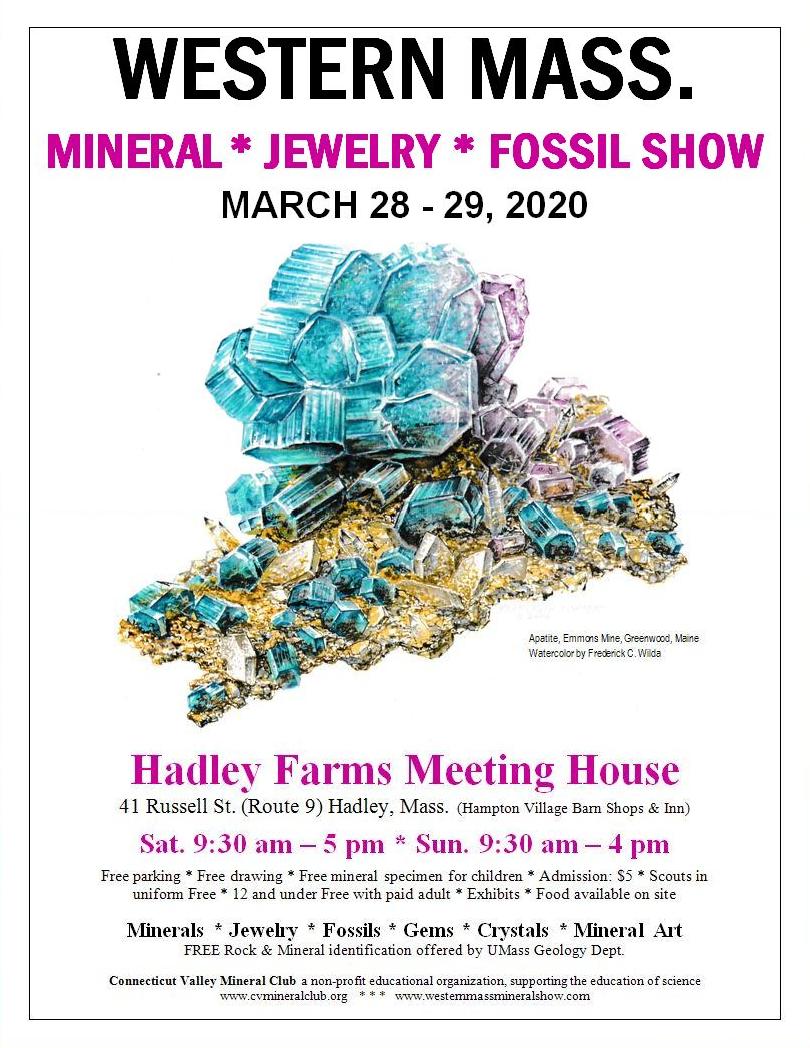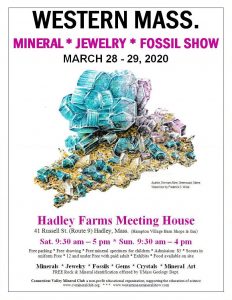The Golden Rules of Rockhounding: “Responsible Readiness Reaps Rockhounding Rewards”
One of our most successful rockhounding trips took place in the mountains of Colorado around Devil’s Head, which is near Pikes Peak. The drive from Colorado Springs was over 2 hours, and there were no conveniences, of any kind, up in the mountains. Being fully prepared in advance, planning ahead, and double checking before departing made this one of the most successful rockhound trips yet, and actually was just the start to the day. Rockhounding trips have little margin for error. An overlooked tool, forgotten supply, or missing gear can cut short a rockhound adventure. Through trial and error, improvement and correction, preparation and planning, the Colorado trip was wildly successful.
Colorado is for rockhounds, as rockhounding is allowed on public lands. We were invited to rockhound in Colorado by a friend who is a mineral dealer in Colorado Springs. The hiking trails in the mountains are great markers for rockhounding. We were going to follow the trails listed on the hiking maps readily available from on-line and from visitors’ centers. After driving for more than 2 hours up into the mountains, passing no other car or person the last half hour, we arrived at one of the Devil’s Head trail markers. I wanted to use my walking stick, we all were grateful for wearing hiking boots, and with the dry air at that altitude, we were grateful to have packed a gallon jug of water per person.
We parked along the side of the dirt road at the marker for the trail, and we were able to hop out, throw on backpacks, and start marching to find outcrops and stone exposure because we had planned and packed in advance. For this trip we did start following the trails, this was near the top of the mountain, lots of low overgrowth, and then we spotted some exposed rock and veered off-trail. We were expecting to find smoke quartz in pegmatite. This was a hand tool adventure as we did not know exactly where we were headed, and the igneous style pegmatite rocks where crystals are found is generally able to be broken up by hand. We set our sights on an exposure, set up our cell phones to start recording and taking pictures for provenance and posterity, sat down on the ground, thankful for wearing jeans, and using a hammer and chisel we started breaking apart pegmatites along the seams, crevices, and cracks, and started exposing arrays of smoky topaz.
We felt that some of the specimens looked best remaining in the matrix stone, for display. We used the smallest chisel to remove many topaz points with minimal matrix around the base, as we would clean up them at a later date. We moved from exposure to exposure, filling the cloth totes that we brought, that had been folded up in our backpacks. We took turns walking back to the car with our finds to make it easier to find the way back, and that way one of us was always digging and mining for more. We also kept taking pictures that we would review later as well to record this discovery, the location, the environment, the group, and the discoveries. When we all returned to the car, we decided to venture to another location on the mountain. We were prepared, and the adventure continued.





